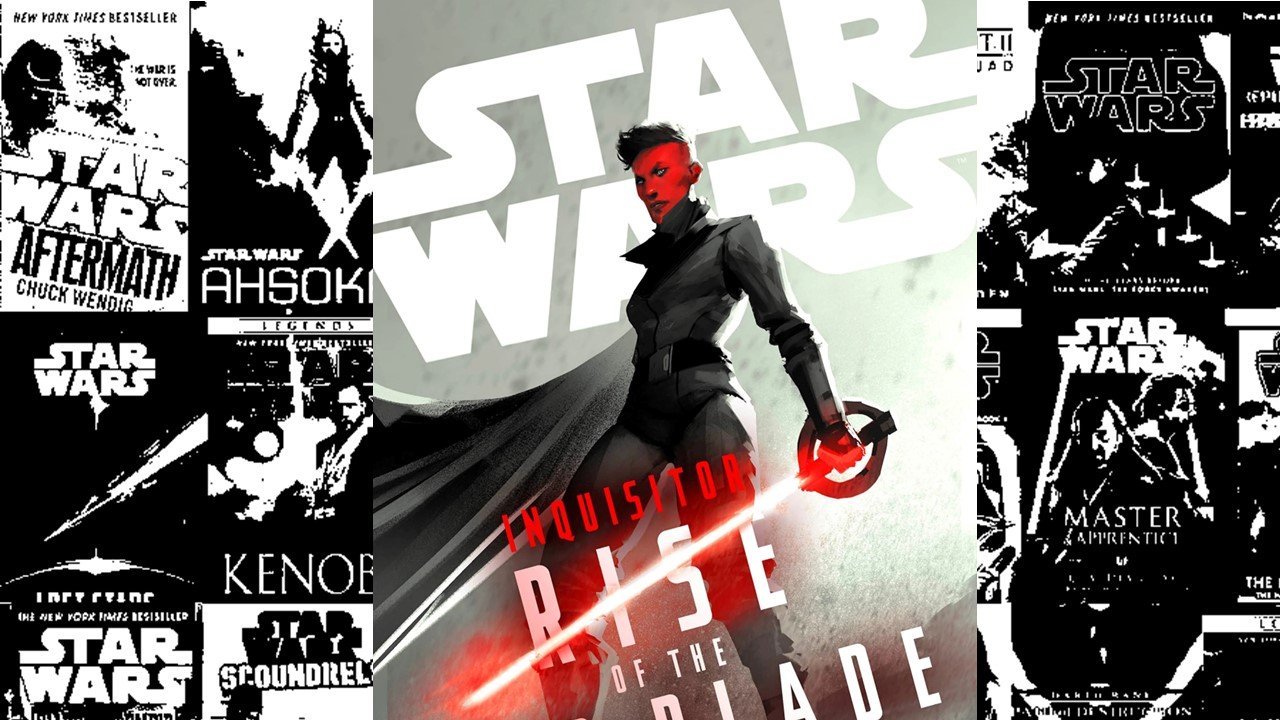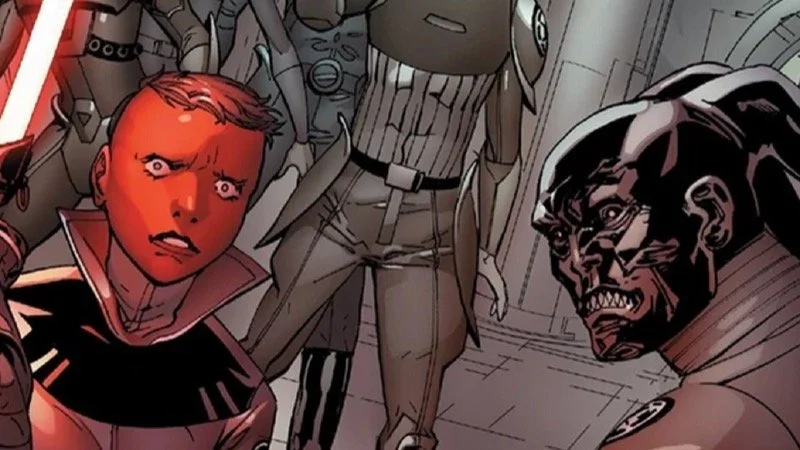‘Star Wars Inquisitor: Rise Of The Red Blade’ Spoiler Free Review
Image Source: CultureSlate
Star Wars Inquisitor: Rise of the Red Blade is the latest Random House release for the Star Wars brand and one of its best offerings in a long time. Star Wars Inquisitor: Rise of the Red Blade follows Iskat Akaris during the Clone Wars and its aftermath. This is not the first time we’ve met Iskat, she popped up in the graphic novel series Darth Vader (2017) created by Charles Soule. It’s fantastic to see her character given the freedom to develop further. Author, Delilah S. Dawson is very familiar with the women of Star Wars. She penned Phasma and Galaxy’s Edge: Black Spire starring her own creation, Vi Moradi. Dawson has also written a selection of graphic novels based around Rose Tico.
If you enjoy Matthew Stover’s work (Shatterpoint, Luke Skywalker and the Shadows of Mindor) then add Star Wars Inquisitor: Rise of the Red Blade to your TBR pile. The two authors share many themes, even if they come at it from a different angle. Star Wars Inquisitor: Rise of the Red Blade is a rarity in the Star Wars Universe because it is written in the first person. I, Jedi by Michael A. Stackpole, From A Certain Point of View (various authors), and Heir to the Jedi by Kevin Hearne are the only others that spring to mind. The perspective worked exceptionally well as it gave us a front seat into Iskat’s slow fall to the dark side. However, there are hints that she is not a wholly reliable narrator if you read between the lines. That makes the book even more intriguing.
RELATED:
Image Source: The Nerdist
Delilah S. Dawson’s writing is clever and gives us many layers to a universe that can sometimes be very black and white, or blue lightsaber equals good, red equals bad. You’ll struggle to find a good guy in this book, but that doesn’t stop you from rooting for the characters. Most of the book is spent in the Jedi Temple.
We do get some information regarding the Jedi Purge and recruitment of the Brothers and Sisters, but not as much as many fans would have liked. Dawson glosses over Iskat Akaris’ time as an Inquisitor, which seems a strange choice. Hopefully, it’s because that period is earmarked for live-action, if not fans will be very disappointed.
Dawson goes into great detail about the failings of the Jedi during the Clone Wars. She creates parallels with modern warfare, child soldiers, and fascist regimes. Iskat’s red-tinted lenses allow us to better view the Jedi Council’’s callous and hypocritical policies. And each time it chips away at Iskat Akaris, the reader feels her anger, her struggle, and her turmoil. Dawson truly made this book a love letter to the dark side. The climactic ending is brutal, there will be some people emotional enough to join the Inquisitorius after reading the last few pages.
Overall this is a stunningly dark piece of fiction. There were one or two predictable elements within the plot and some of the side characters became lost behind Iskat Akaris. But that’s only because she truly runs the show.
There are some trigger warnings to beware of in this book, so if you are looking for something for a younger reader, please check the text for yourself first.
Rating: 9/10
Insightful and original. One to add to the collection.
READ NEXT:














